
In this unit, students explore how forces cause an object’s motion to change. They begin by exploring how objects move in different directions when they are pushed or pulled, and then investigate how changing the strength of a force changes the distance an object moves.

In the final unit of Kindergarten, students explore how forces and how different factors can affect an object’s motion. They explore how objects move in different directions when they are pushed or pulled, and then investigate how changing the strength of a force changes the distance an object moves. Finally, students discover how friction can change motion.

In this unit, students discover that pushes and pulls are forces that change the motion of an object. They begin by exploring how objects move in different directions when they are pushed or pulled, and then investigate how changing the strength of a force changes the distance an object moves. They then use a model to see how friction affects the distance and speed with which an object moves over a surface.
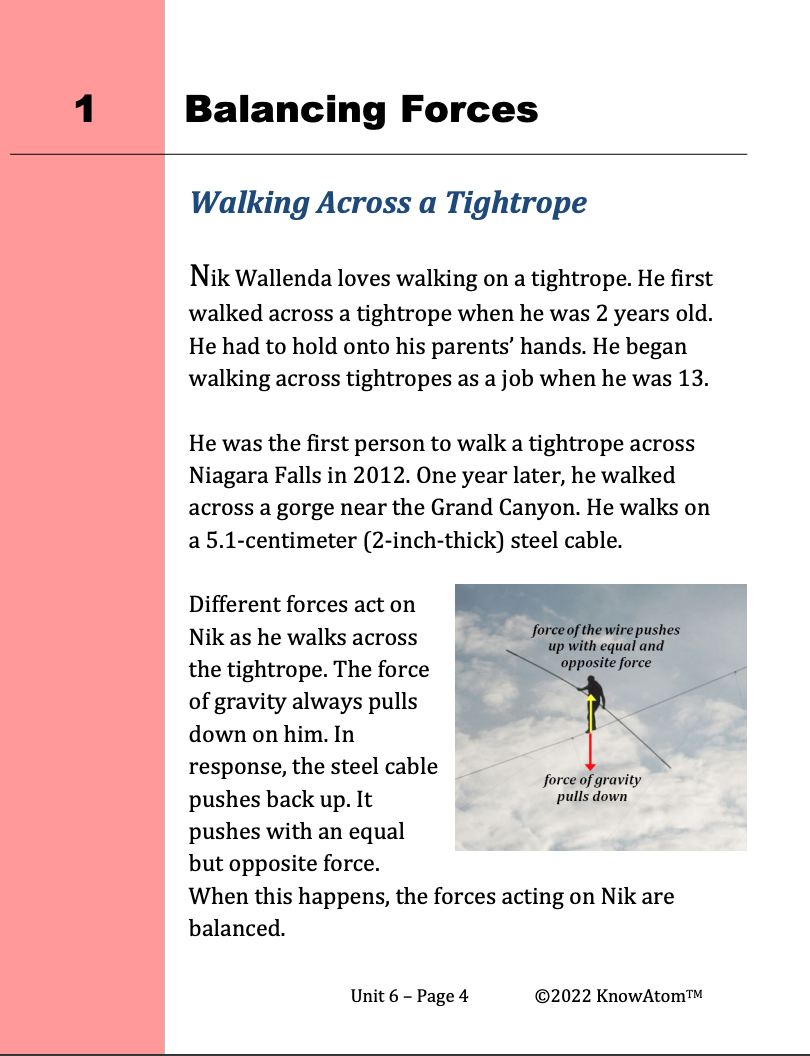
In this unit, students analyze the science phenomena of different forces that can act on all structures. They begin by exploring how forces act on different materials and shapes. They then use what they know about forces to design a skyscraper prototype in this lesson, evaluating how their design relates to the ability of the skyscraper to withstand the weight of the structure and the people on it, as well as the force of wind.
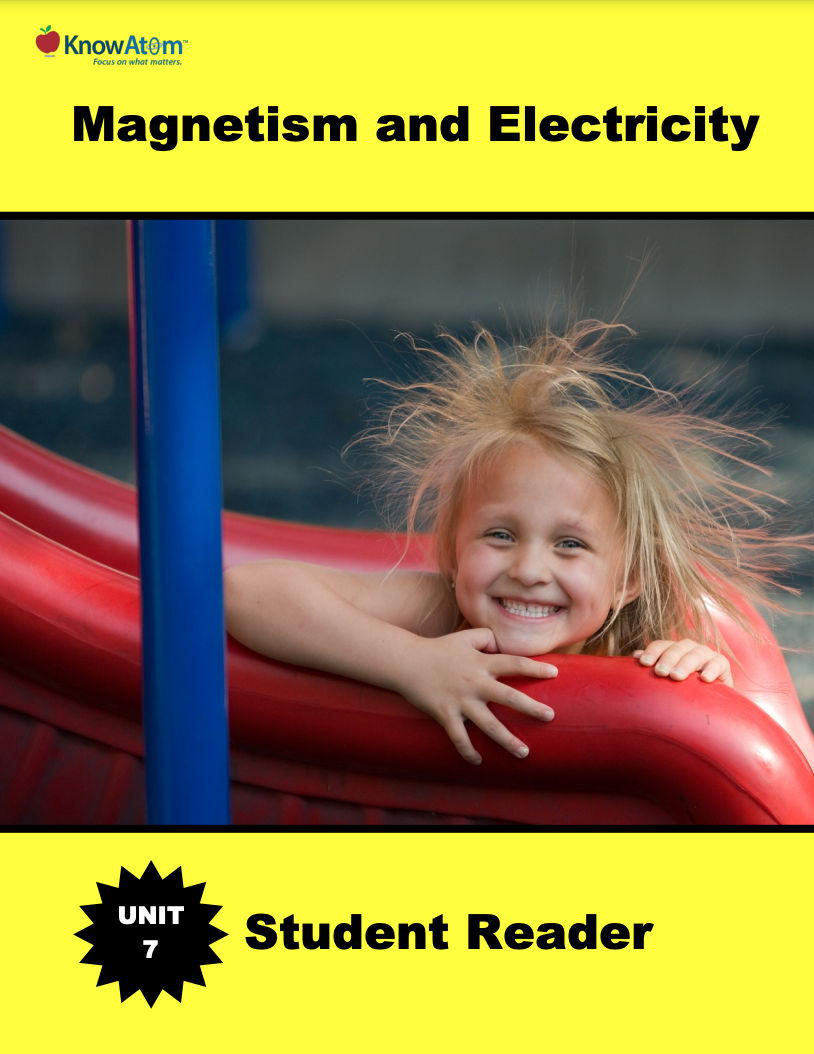
In this unit, students focus on the science phenomena of electric and magnetic forces. In this lesson, students build on their knowledge of forces by exploring electric forces. They analyze how materials can become either positively or negatively charged, and then use an electroscope to explore how opposite charges are pulled toward one another and like charges are pushed away from one another.
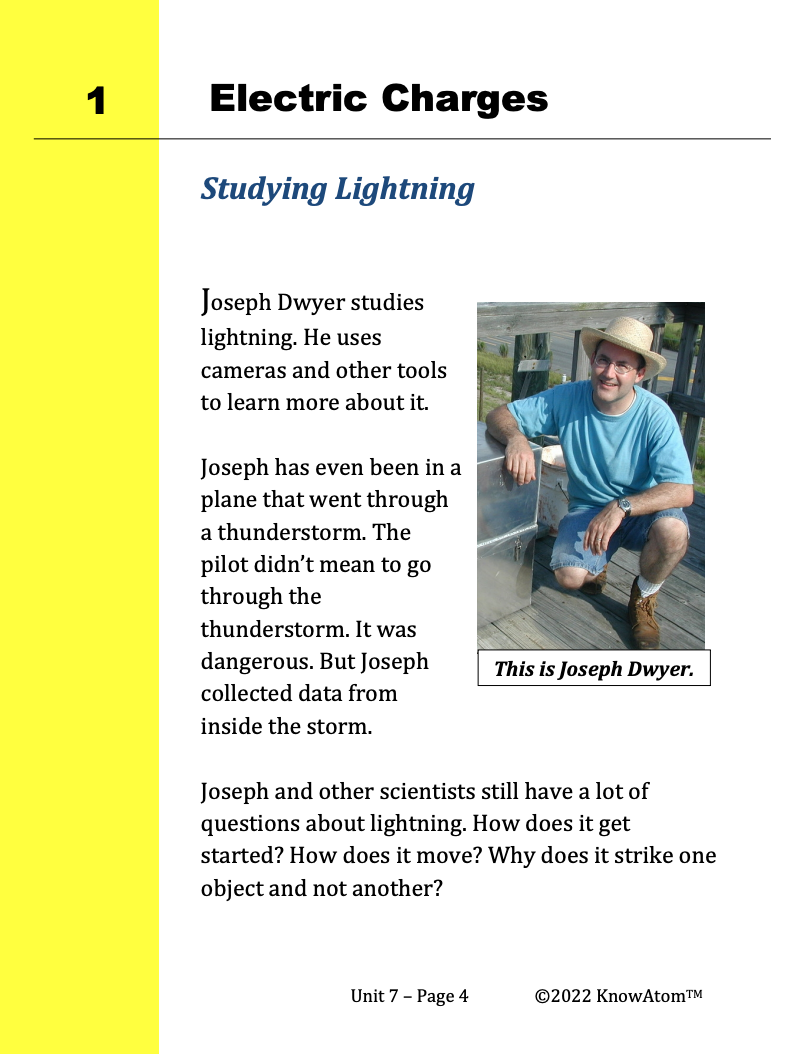
In this unit, students explore the science phenomenon of how materials can attract or repel other materials without touching them. In this lesson, they investigate how magnets can attract or repel certain objects within their magnetic field. This page highlights the key components of this lesson.
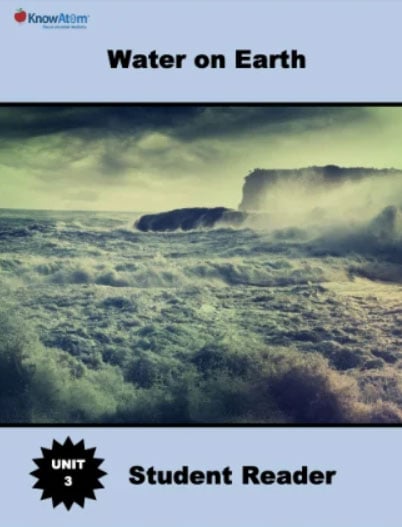
In this unit, students analyze the science phenomena of the important role that oceans play in regulating Earth’s climate. In this lesson, they focus on how oceans interact with other Earth systems to distribute water and heat around the planet, resulting in various weather patterns, including hurricanes. This page highlights key components of this lesson.
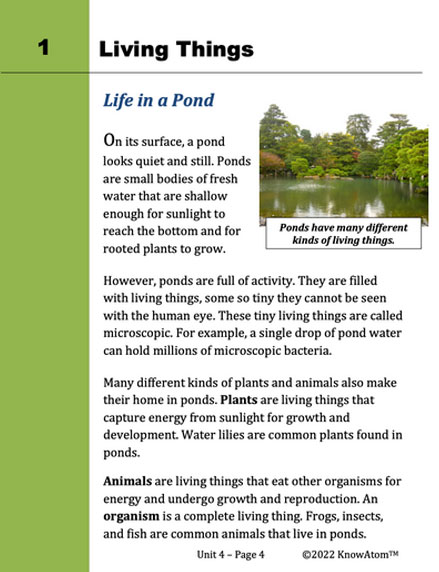
In this unit, students analyze how matter cycles between the living and nonliving parts of an ecosystem. They compare plant and animal cells, figuring out how internal structures help an organism get energy. Then, in this lesson, students figure out how energy flows and matter cycles through a food web, and investigate the phenomena of how plants convert non-food sources, such as light, air, and water, into food sources. This page showcases key elements of this lesson.
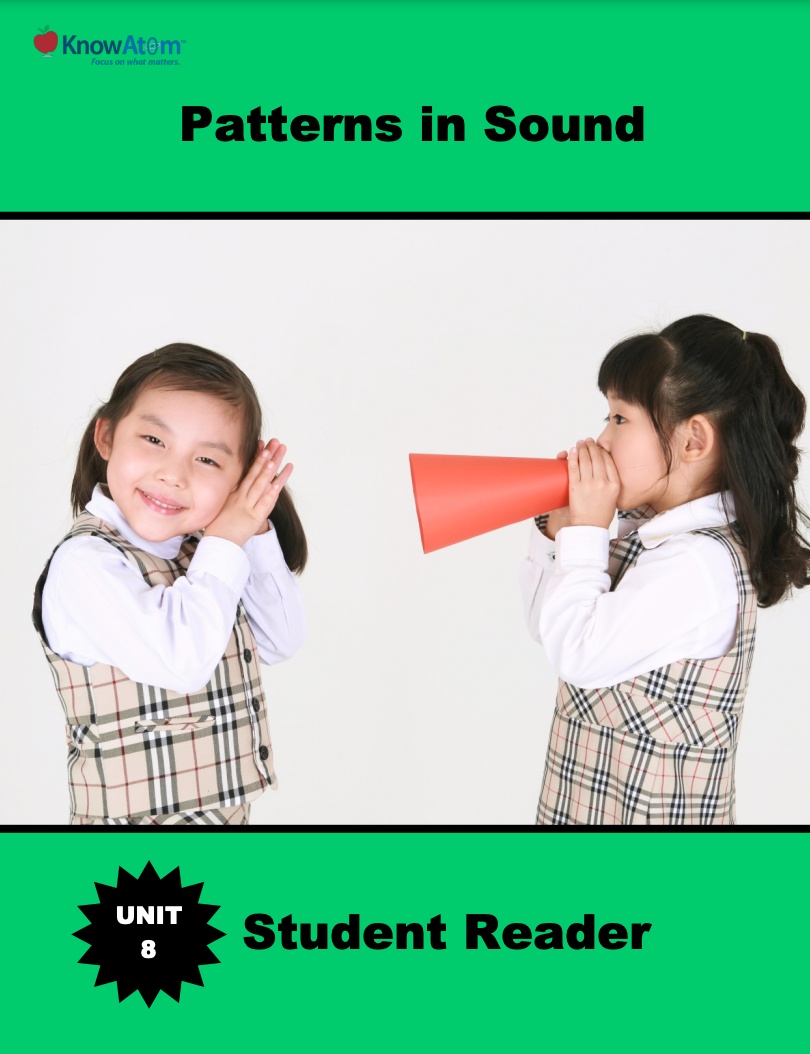
In this unit, students focus on the science phenomena of sound and hearing. Students begin with this lesson that has them exploring how sound causes matter to vibrate and how it moves differently through solids and liquids. This page highlights each component of this lesson.
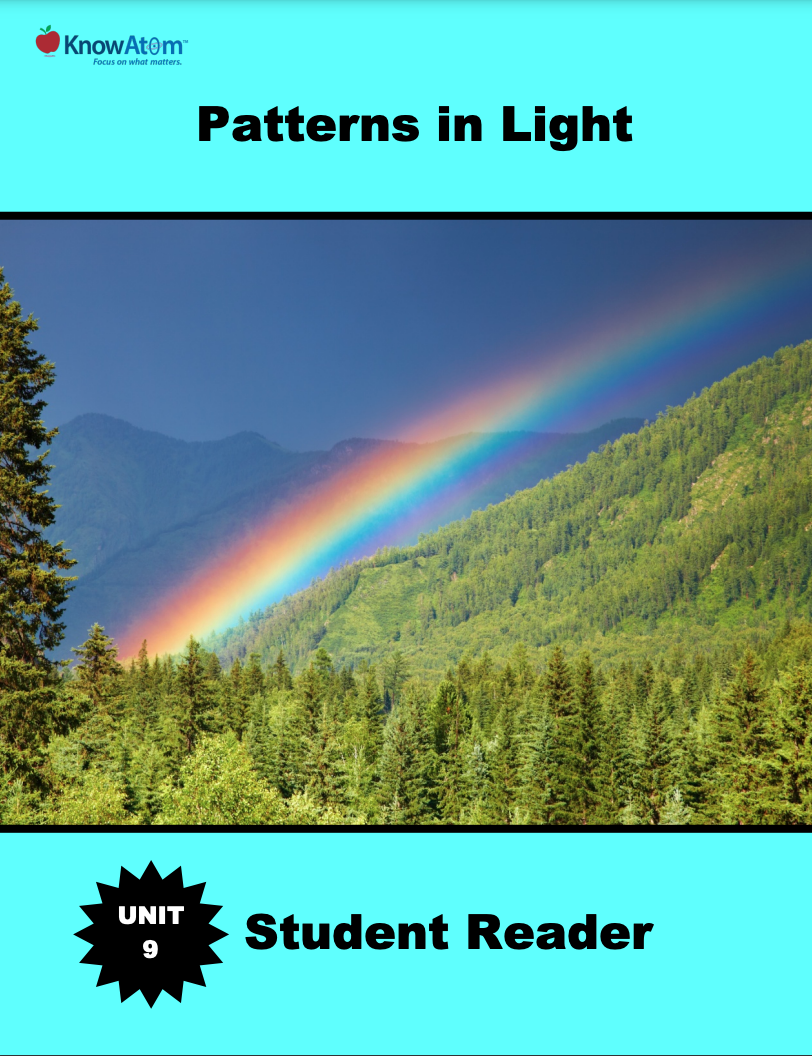
In this unit, students focus on the science phenomenon of light energy, investigating how it travels in a straight line and interacts with matter. Students apply their knowledge to design a prototype with mirrors and water that creates rainbows. This page showcases each component of the lesson.

In this unit, students explore science phenomena related to patterns that result from Earth’s rotation and the moon’s orbit around the sun. This page provides a brief overview of lesson two of this unit, in which students conduct two investigations and use the patterns they discover to make predictions about the future positions of the sun, moon, and stars in the sky. In the first investigation, students observe the sun’s position in the sky at different times of day, drawing a diagram (model) of the sun’s position above the horizon. In the second investigation, students use a sundial model to explore the relationship between the sun’s position and the length of shadows.
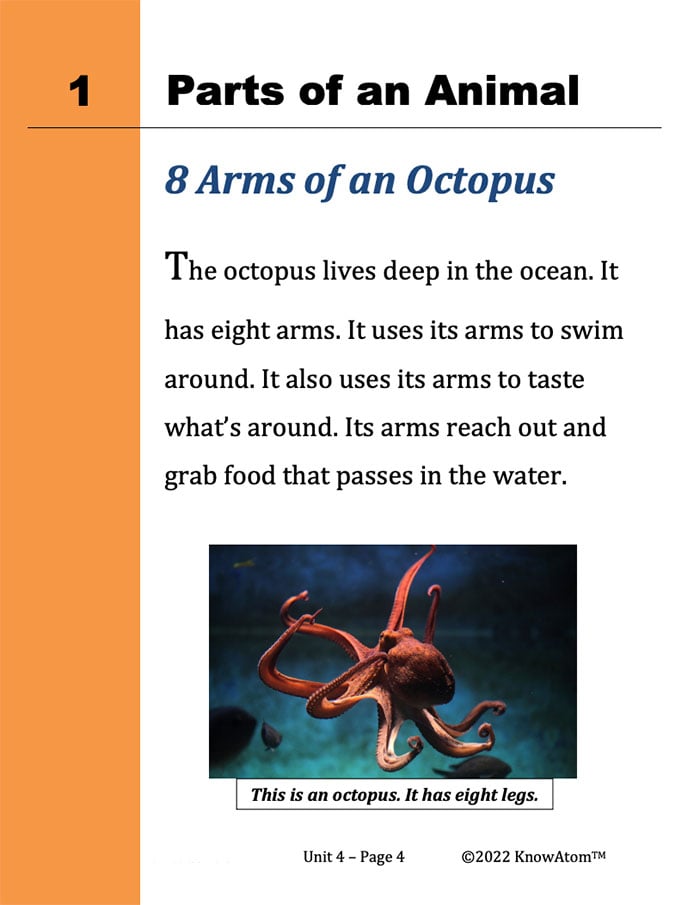
Once students have modeled the science phenomena of insects’ body parts, they then focus on one kind of insect: the ant. They conduct an experiment to test the taste preference of harvester ants, and observe how ants use their different body parts to get food, communicate with one another, and carry out other life functions.
Standards citation: NGSS Lead States. 2013. Next Generation Science Standards: For States, By States. Washington, DC: The National Academies Press. Neither WestEd nor the lead states and partners that developed the Next Generation Science Standards were involved in the production of this product, and do not endorse it.
